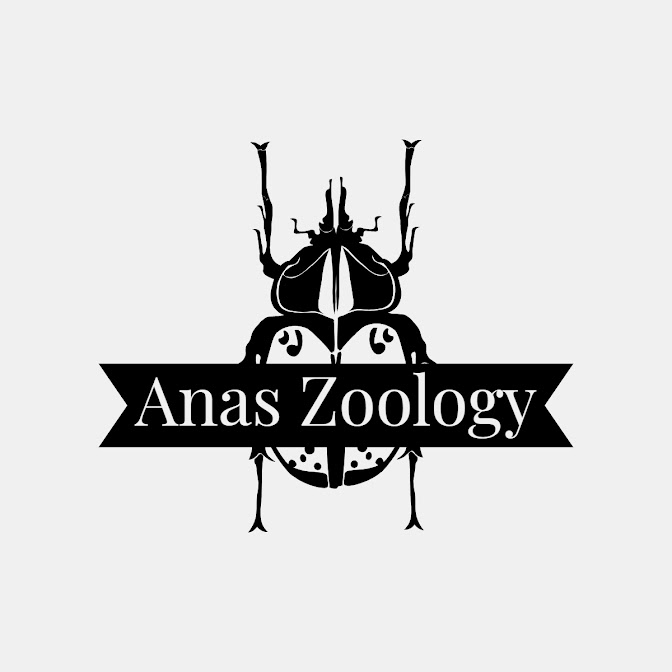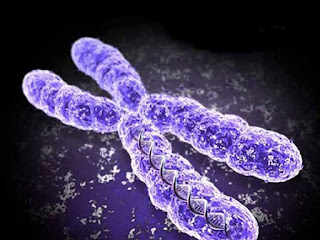Chromosomes
(Image Source: https://pmgbiology.files.wordpress.com/2015/10/chromosomes.jpg?w=300)
Chromosomes are found inside the nucleus of the cell. The number of chromosomes differ from organism to organism. Humans have 23 pairs i.e. 46 chromosomes. Out of these 23 pairs, 22 pairs are autosomes and 1 pair is of sex chromosomes. Human female have XX as the sex chromosome and human male have XY as the sex chromosome. One set (23 chromosome) is inherited from the maternal (female parent) and another set from the paternal (male parent). Since two sets are present inside the cell, the cell is called as diploid (di=two, ploid=set). All somatic cells of the body are diploid. Gametes (sperm and ovum) contains only one set of chromosomes and hence are called haploid. The number of chromosomes in each somatic cell is the same for all members of a given species.
Chromosome Morphology:
Chromosomes can be distinguished by the length of chromosome, position of centromere. Centromere divides the chromosomes into two arms, short arm is called the 'p arm' and long arm is called the 'q arm'.
Chromosome with the centromere in the middle will have p arm and q arm of equal length. Such type of chromosome is called Metacentric chromosome.
Submetacentric and Acrocentric chromosomes will have arms of unequal length.
If a chromosome has its centromere near one end of chromosome it is called Telocentric.
Recent Posts:
- Subphylum Urochordata: https://anaszoology.blogspot.com/2022/12/subphylum-urochordata.html
- Reproduction in Amoeba: https://anaszoology.blogspot.com/2022/12/life-cycle-of-amoeba.html
- Golgi Apparatus: https://anaszoology.blogspot.com/2022/11/golgi-apparatus.html
- Common Sandpiper: https://anaszoology.blogspot.com/2022/11/common-sandpiper-blogpost-4.html
- Endoplasmic Reticulum: https://anaszoology.blogspot.com/2022/10/endoplasmic-reticulum.html






Comments
Post a Comment